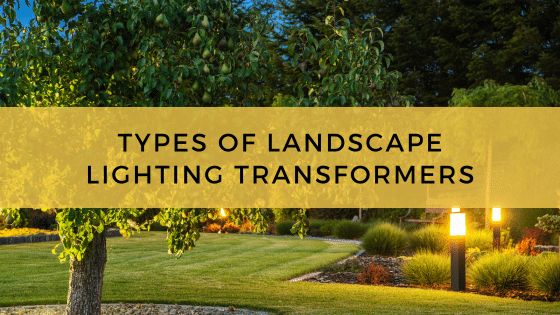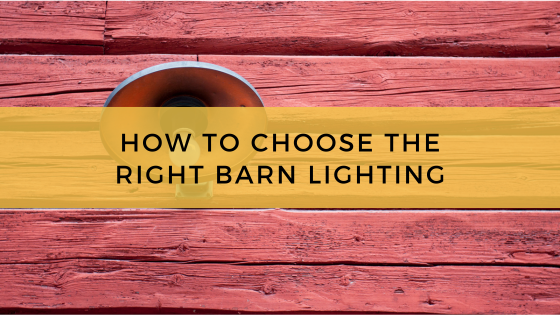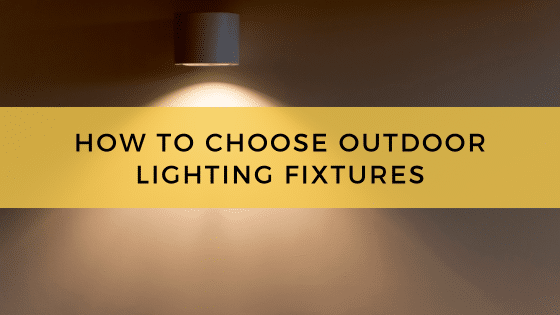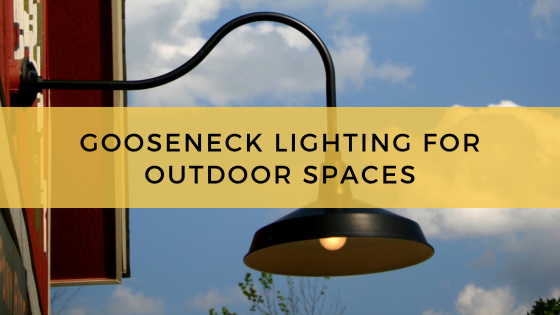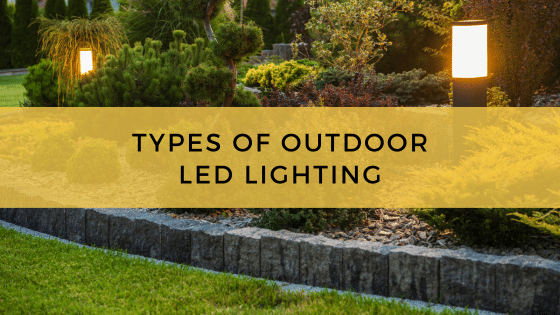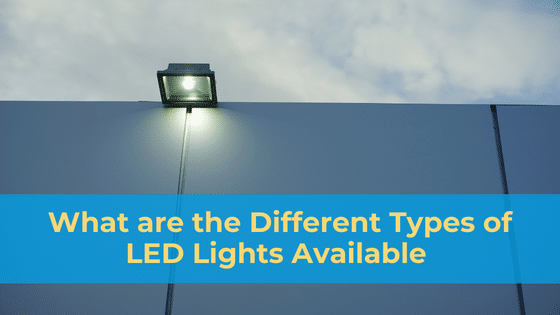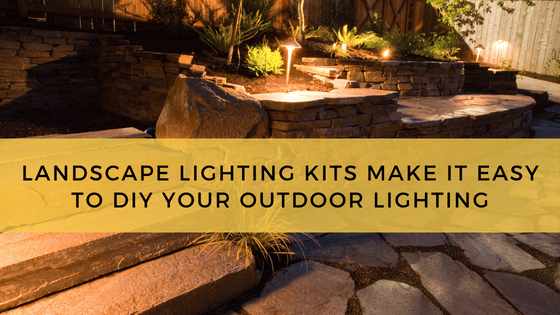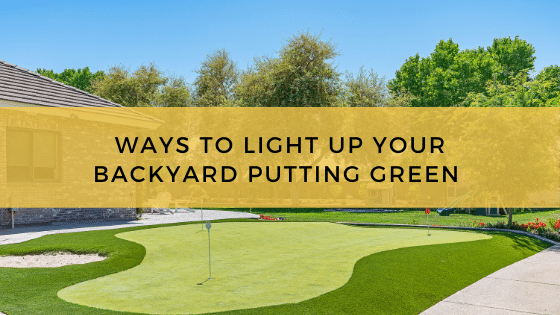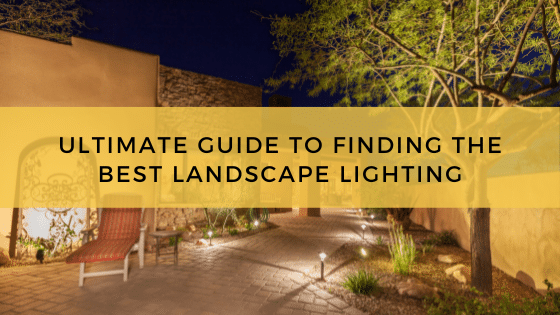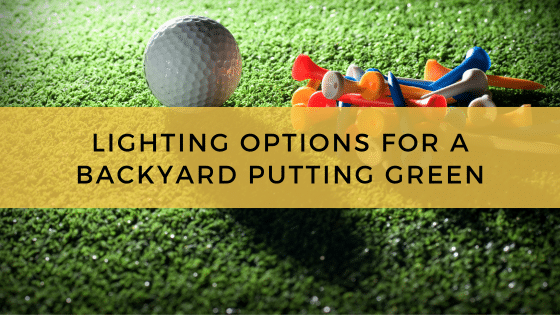
Lighting options for a backyard putting green include various bullet and flood lights, installed close to the putting green surface to deliver targeted illumination. For the true golf enthusiast there is another type of lighting fixture that is ideal for night-time putting practice.
Putting cup lights fit inside the hole, directly under the cup. From this position, a backyard putting green lighting system will provide enough quality light to allow for some extra night-time practice.
The Best Lighting Options for a Backyard Putting Green
If you work on your putting stroke after the sun goes down, there are lights that can keep you putting late into the night. Those fixtures include:
- Bullet lights – Bullet lights have a cylindrical body that is ideal for projecting a spotlight in a small area. They are effective at illuminating the cup, the green and any paths around the putting area.
Our bullet lights are built with an aluminum or brass housing for maximum durability and corrosion resistance, which is important for lighting fixtures exposed to the elements. The lens is manufactured from sandblasted glass for excellent optical quality, and the light engine we recommend is a 4 or 6-watt LED that provides superior illumination quality and extended lifespan.
- Flood lights – Flood lights throw a wider beam of illumination than bullet fixtures, so they are more appropriate for larger greens and for illuminating large areas in your backyard.
Like our bullet fixtures, our flood golf fixtures are manufactured from aluminum or brass for durability and weather protection. The lens is made from a flat panel of tempered glass for impact resistance.
35-watt and 50-watt halogen lights are recommended for our backyard putting green flood fixtures, as they offer excellent visibility and illumination quality.
- Path lights – Although path lights will not serve as your primary form of putting green illumination, they are helpful for lighting the walkways around your greens and along any walkways in your backyard. If you plan on doing night-time entertaining on top of putting practice, path fixtures will improve general visibility in your space. They can also be used with landscaping to illuminate gardens, small sculptures and planters.
The Ultimate Backyard Putting Green Lighting System Includes In-hole Lights
To take your night golfing to another level, consider a specialty putting green LED lighting kit. Each one contains a set of five or nine putting cup lights, each with a 3-watt LED uplight that emits illumination in a vertical pattern. In other words, each putting cup will be marked by a vertical column of illumination.
In addition to the putting cups and LED lights, each backyard putting green lighting kit comes with a set of acrylic flags – one for each hole – as well as the lead wires and magnetic transformer needed to power them all.
Three Advantages of Installing LED Lights for Your Backyard Putting Green
LED lighting is the leading lighting technology for a variety of applications, including putting greens. There are many reasons why LED lighting is the new standard, but here is why homeowners prefer it for their backyards:
- Energy efficiency – LEDs are the most energy efficient lights on the market, no matter the application. Compared to halogen fixtures, for example, LED lighting is up to 90 percent more efficient. LED has similar energy efficiency advantages over fluorescent, metal halides and every other form of illumination.
With its superior efficiency, LED lights can operate for long stretches of time without running up your utility bills.
- Lifespan and durability – LED lights are also the longest-lasting lighting fixtures on the market. On average, you can expect around 50,000 hours of high-quality illumination out of your LEDs. Compare this to halogen lights, which last a few thousand hours before they need to be replaced, or fluorescent fixtures, which only produce around 20,000 hours of quality illumination before replacement is necessary. Another important consideration is that halogen and fluorescent lighting technologies are becoming obsolete.
With their extended lifespan, LED putting green lights require only the occasional replacement – typically years following installation. This is a major cost efficiency and convenience advantage.
- Illumination quality – LED lighting emits flawless, bright illumination that renders color well. At night, this ensures superior visibility and helps with tracking the ball in low light conditions. LED fixtures can also be modified to emit a range of colors, which can be used to color code certain holes or just to produce a unique and interesting look for your backyard putting green.
An Experienced Lighting Company Can Suggest the Ideal Lighting Options for a Backyard Putting Green
If you like to schedule your putting practice for after sunset, a reliable and effective backyard lighting system is a must. Bullet and flood lights are effective options in this regard, but LED putting green lighting kits are purpose built for the job. They come with all of the fixtures and LED lamps you will need to get started, as well as the necessary electrical accessories.
A trusted lighting expert can help you select the right backyard putting green lighting kit for your space and can also assist with installation if necessary.

